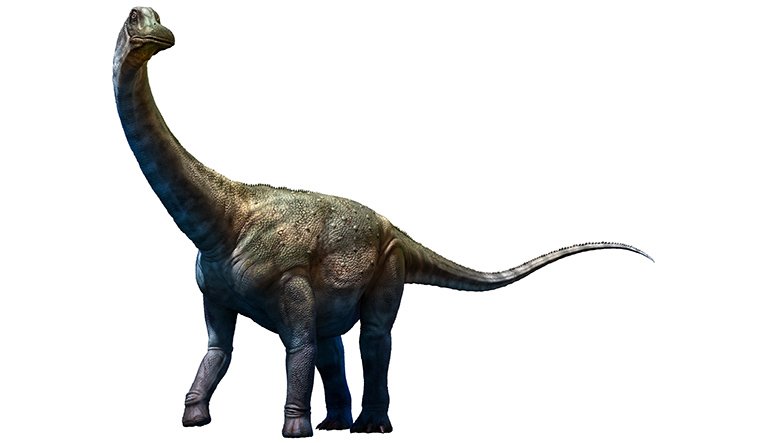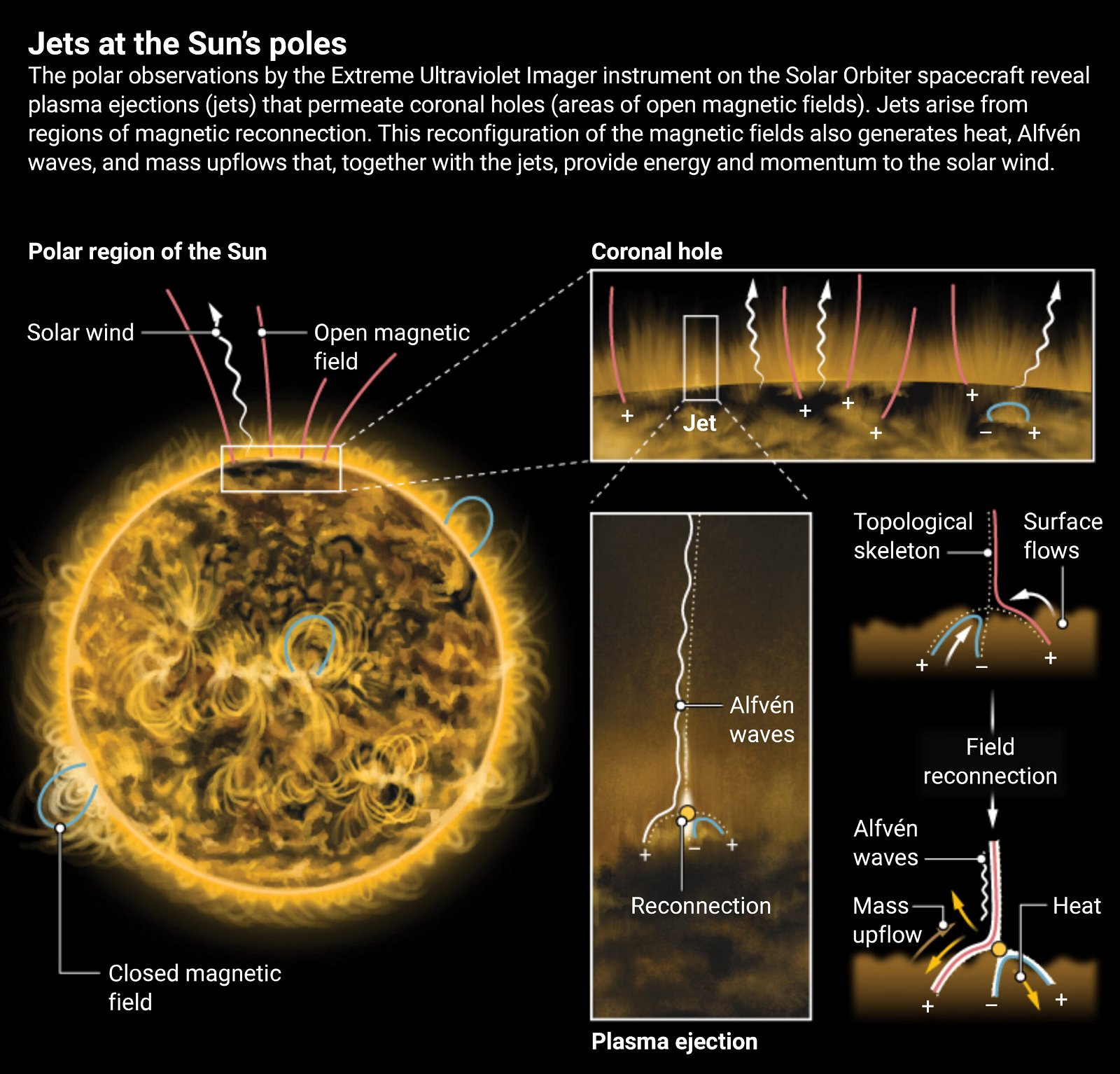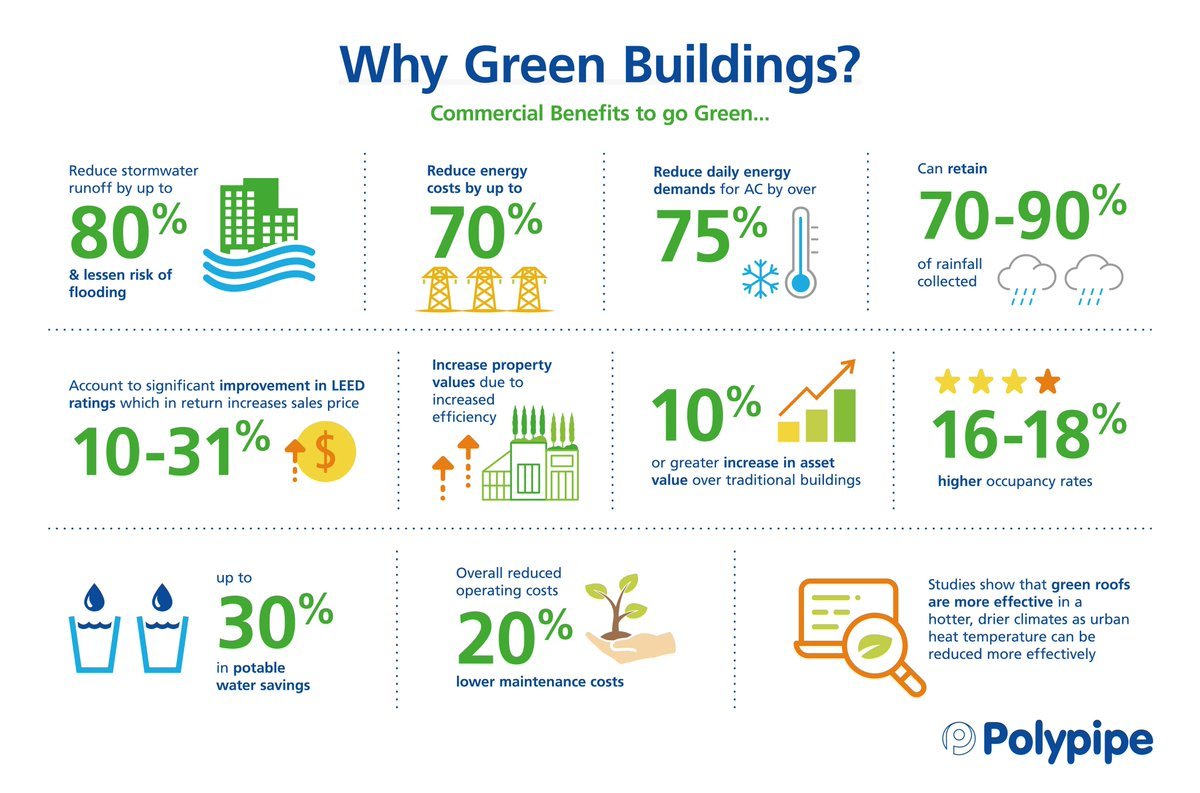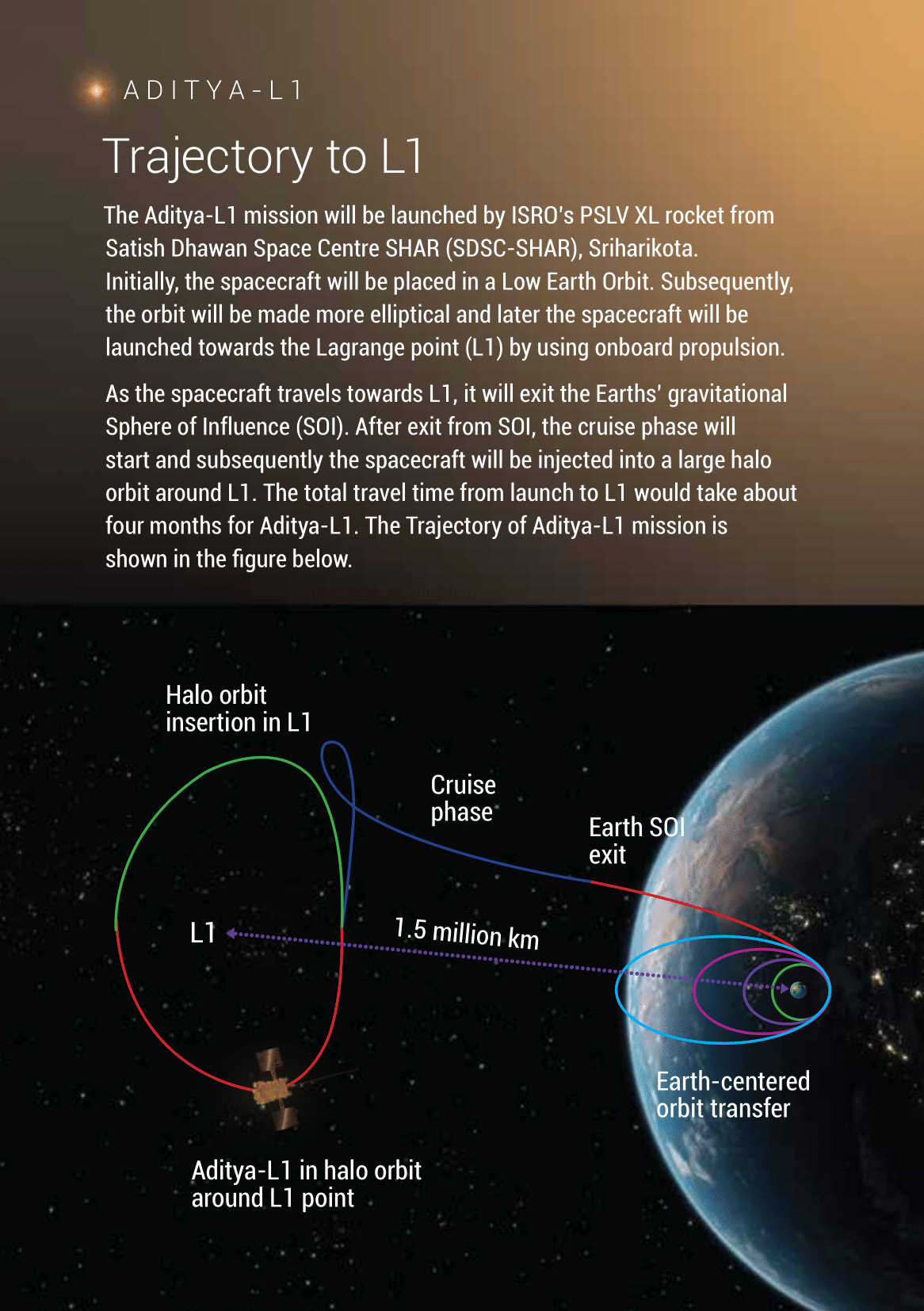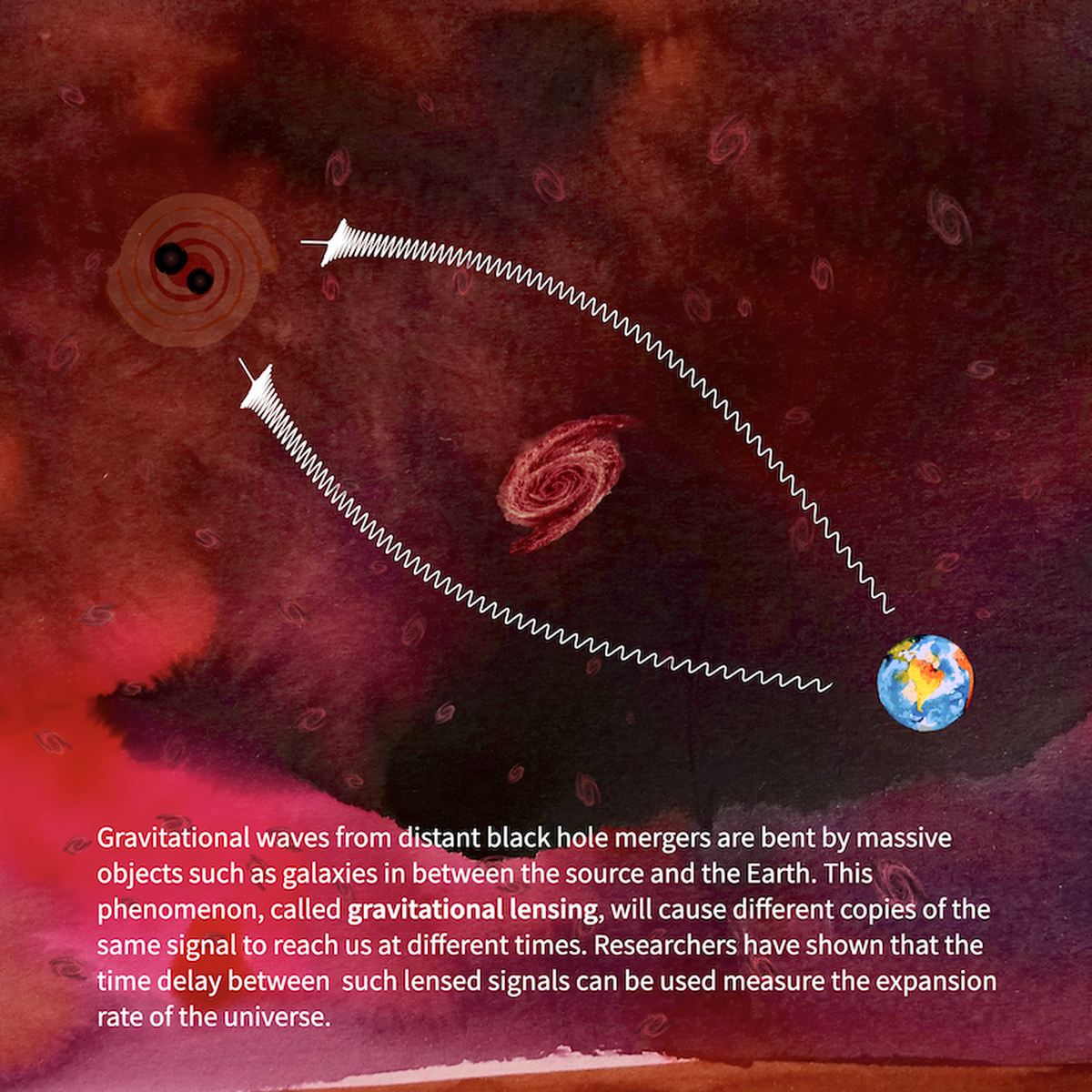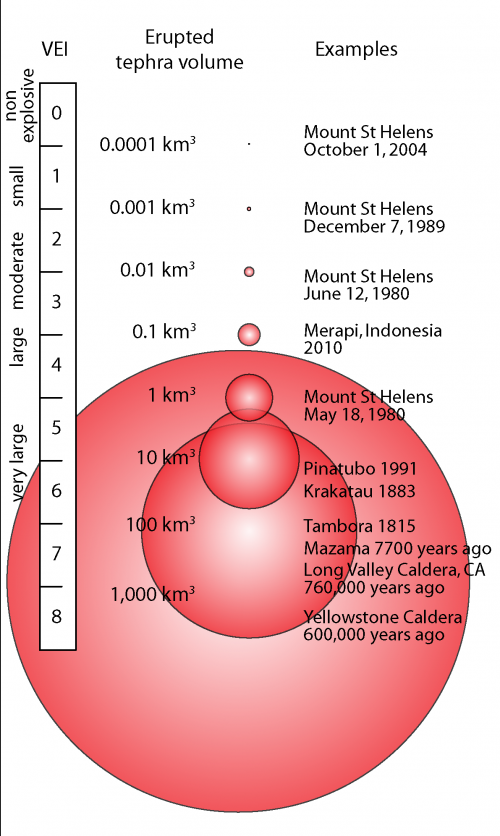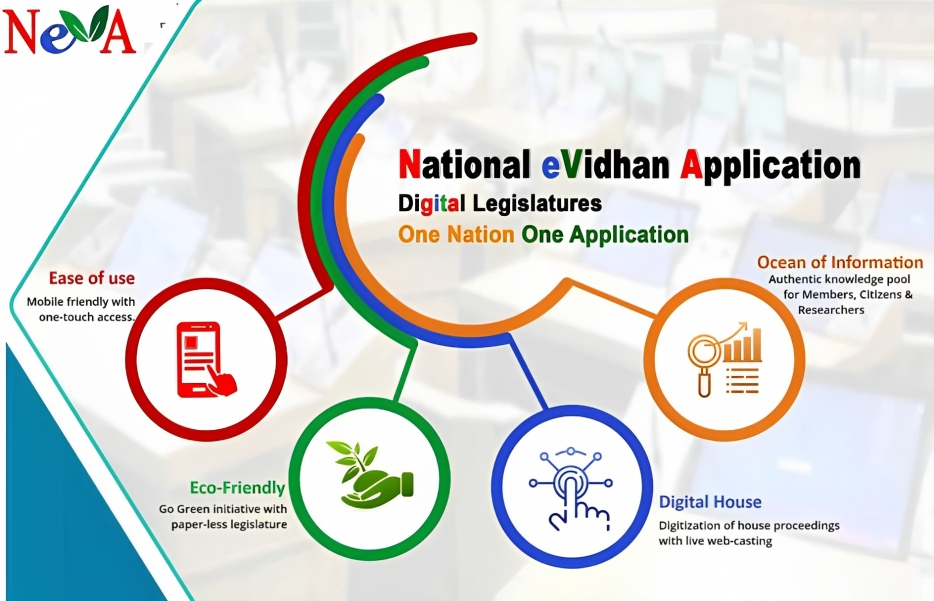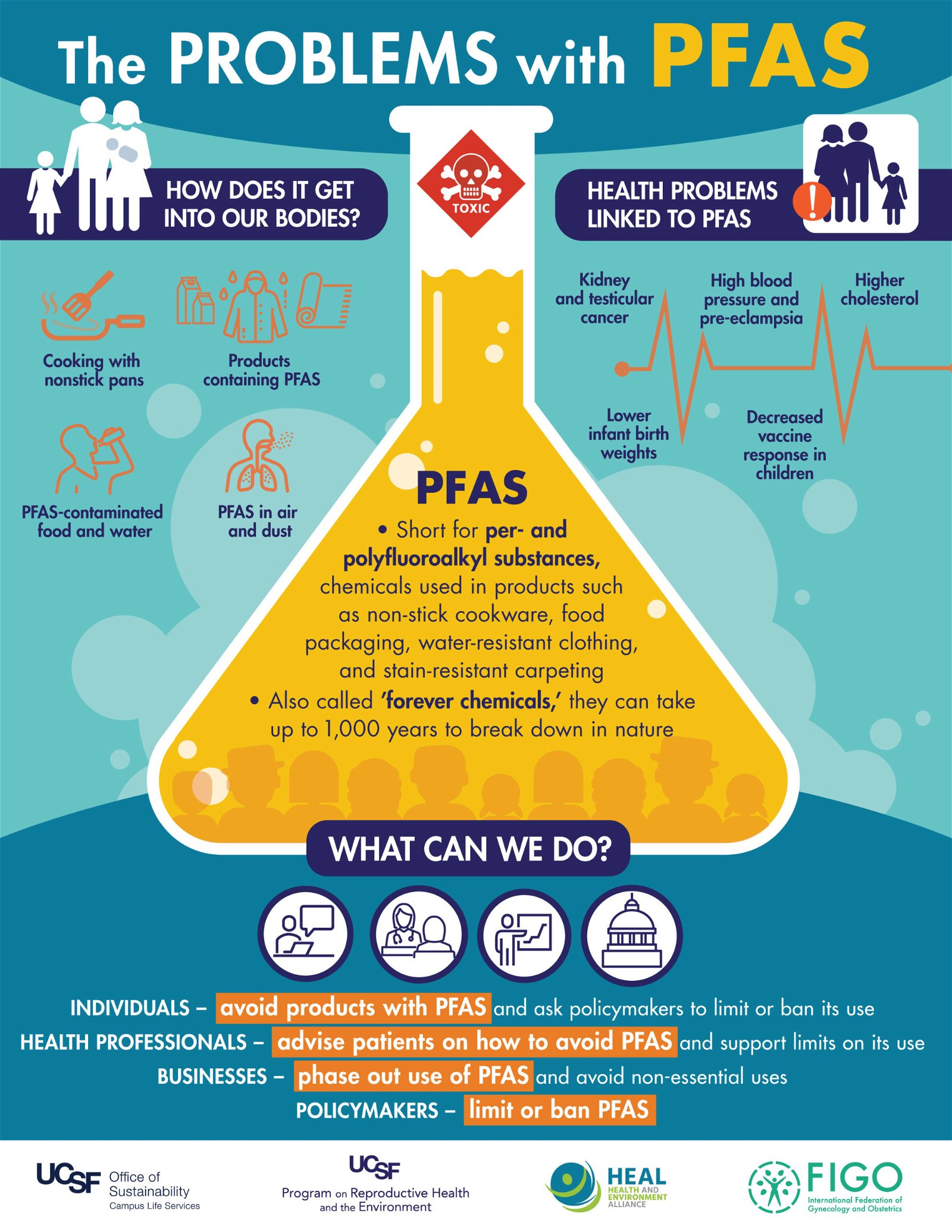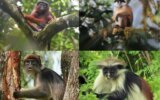
Current Affairs September 13, 2023: Morocco’s Most Powerful Earthquake, International Tribunal for the Law of the Sea, Nipah Virus Infection in Kerala
Subscribers of "Current Affairs" course can Download Daily Current Affairs in PDF/DOC
Subscribe to Never Miss an Important Update! Assured Discounts on New Products!
Must Join PMF IAS Telegram Channel & PMF IAS History Telegram Channel
{GS1 – Geo – PG – 2023/09/13} Morocco’s Most Powerful Earthquake
- The magnitude of the earthquake was 6.8 and the epicentre was located in the Al-Haouz province, in the Atlas Mountains of the historic city of Marrakech.

Terms Related to Earthquake
|

Cause of Earthquakes in Morocco
- Though earthquakes rarer in the region, but they do occur. E.g., Agadir earthquake (1960)
- Moreover, earthquakes are common in the northern part of Morocco, near the Mediterranean Sea.
- Such quakes occur due to the convergence of the African plate and the Eurasian plate.

Plate Tectonics as Cause of Earthquakes
- Slipping of land along the faultline of convergent, divergent and transform plate boundaries causes earthquakes.
- Convergent plate boundaries (reverse faults) are associated with the most powerful earthquakes.
Oblique-Reverse Faulting: Reason Behind Morocco’s Most Powerful Earthquake
- Oblique-reverse faulting within Atlas Mountain due to convergence of the African plate and the Eurasian plate has caused Morocco’s most powerful earthquake.
- A fault is a fracture or zone of fractures on the Earth’s crust.
- Faults allow the blocks of crust to move relative to each other – horizontally, vertically, or diagonally.
- If the movement occurs rapidly, it causes earthquakes.
- Faults are classified based on:
- Angle of the fault with respect to the surface (known as the dip)
- Direction of slip along the fault
- Faults which move along the direction of the dip plane are dip-slip faults.
- Whereas faults which move horizontally are known as strike-slip faults.
- Oblique-slip faults show characteristics of both dip-slip and strike-slip faults.
- The term ‘reverse fault’ refers to a situation where the upper block, above the fault plane (hanging wall), moves up and over the lower block, below the fault plane (foot wall).
- This reverse fault is caused by compressional forces (convergent plate boundaries).

|
Reasons Why Morocco’s Most Powerful Earthquake was Fatal
Shallow Earthquake
- This Moroccan earthquake was a shallow earthquake.
Type
Earthquake Depth
Shallow earthquakes 0 – 70 km Intermediate earthquakes 70 – 300 km Deep earthquakes 300 – 700 km - Shallow focus earthquakes (even of low magnitude) cause more damage because seismic waves from shallow earthquakes travel shorter distances and lose less energy before reaching the surface.
A Rare Earthquake and No Preparation
- Earthquakes are not very common in North Africa; so, Morocco was not prepared for such a calamity.
- Most buildings, especially in rural areas and older cities, are not built to withstand such strong tremors.
Why Earthquakes Cannot be Predicted
- An accurate prediction of an earthquake requires a precursory signal from within the Earth that indicates a big quake is on the way.
- Moreover, the signal must occur only before large earthquakes so that it does not indicate every small movement within the earth’s surface.
- Currently, there is no equipment to find such precursors, even if they exist.
Morocco
Marrakesh
|
Atlas Mountains
|
{GS2 – IR – Grouping – 2023/09/13} Group of Seven
- Context (TH): G-7 countries were able to save the G-20 by agreeing to the New Delhi Declaration, says German envoy.
- Group of Seven (G7) is a group of the world’s seven most industrialized and developed economies.
- It was established in 1975.
- The G7 member countries are:
- United States
- UK
- France
- Japan
- Germany
- Italy
- Canada.
- The G7 became the G8 with Russia’s admission into the group in 1998.
- Following Russia’s annexation of Crimea in 2014, Russia was excluded, and it reverted to the G7.
- China and India are not part of the grouping. But India has been a special guest to the G-7/G-8 since 2003.
|
Objectives of G7
- The major purpose of the G-7 is to discuss and sometimes act in concert to help resolve global problems (especially economic issues).
- Throughout the year, G7 ministers and officials hold meetings, form agreements, and publish joint statements on global events.
G7 Summit
- It is an international forum held annually for the leaders of the G7 member states and the European Union (EU).
- The leaders of G7 come together annually to discuss important global economic, political, social and security issues.
- The EU is not a member of the G7 but attends the annual summit.
G7 summit, 2023
- It was held in Hiroshima (Japan).
- The leaders of G7 countries called for:
- The development and adoption of technical standards to keep artificial intelligence (AI) trustworthy.
- Creation of the “Hiroshima AI process“, an intergovernmental forum to debate issues around fast-growing AI tools.
{GS2 – IR – UN Bodies – 2023/07} International Tribunal for the Law of the Sea
- Context (TH): Small islands had taken the ocean protection cases to the International Tribunal for the Law of the Sea.
- The International Tribunal for the Law of the Sea (ITLOS) is an independent judicial body established by the United Nations Convention on the Law of the Sea (UNCLOS) in 1982.
- It is composed of 21 independent judges who are elected by the States Parties to the UNCLOS.
- It has jurisdiction over disputes concerning the UNCLOS and matters provided by any agreement.
- The ITLOS is open to States Parties to the UNCLOS, as well as to entities other than States Parties, such as international organizations and private entities.
- The seat of the ITLOS is in the City of Hamburg, Germany.
The United Nations Convention on Law of the Sea (UNCLOS)
- UNCLOS establishes general obligations for safeguarding the marine environment and protecting the freedom of scientific research on the high seas.
- It can hold states liable for damage caused by violation of their international obligations through its three institutions:
- International Tribunal for Law of Sea,
- International Seabed Authority (ISA), and
- Commission on the limits of the continental shelf.
- The convention gives a clear definition of Internal Waters, Territorial Waters, Contiguous Zone, Exclusive Economic Zone and Continental Shelf.
- It provides rights to landlocked states for access to and from the sea without taxation of traffic through transit states.

International Seabed Authority (ISA)
- ISA is a Jamaica-based autonomous intergovernmental body established under the 1982 UN Convention on the Law of the Sea (UNCLOS) and its 1994 Agreement on Implementation.
- UNCLOS creates a legal regime for controlling resource exploitation in deep-seabed areas beyond national jurisdiction through the International Seabed Authority.
- Members: It has 167 member states and the European Union. India is a member.
{GS2 – MEITY – Initiatives – 2023/09/13} Semicon India
- Context (PIB): The curtain raiser event for Semicon India 2024, the third edition of the annual conference by India Semiconductor Mission (ISM) will be held at the Bengaluru.
- Theme: “India: A Trusted Partner and a Rising Force in the Global Electronics Industry.”
- It will bring together industry leaders, researchers, and government officials to support India’s growth as a prominent player in the semiconductor industry.
- Semicon India Programme aims to provide attractive incentive support to companies for the development of semiconductor and display manufacturing ecosystem in the country.
|
India Semiconductor Mission (ISM)
- ISM is a specialized and independent Business Division within the Digital India Corporation.
- Aim: To build a vibrant semiconductor and display ecosystem to enable India’s emergence as a global hub for electronics manufacturing and design.
- ISM is the nodal agency for development of semiconductor ecosystem in India.
- Objectives of ISM are as under:
- Formulate a comprehensive long-term strategy
- Facilitate adoption of secure microelectronics and developing trusted supply chain
- Provide support to early-stage startups associated with semiconductor industry
- Promote and facilitate indigenous Intellectual Property (IP) generation
- Encourage, enable, and incentivize Transfer of Technologies (ToT)
- Harness economies of scale in Indian semiconductor and display industry
- Enable cutting-edge research in semiconductors and display industry through grants, global collaborations, establishing Centres of Excellence (CoEs), etc.
Digital India Corporation (DIC)
- DIC is a not-for-profit Company set up by Ministry of Electronics and Information Technology (MeitY) under Section 8 of Companies Act 2013.
- Earlier the company was known as ‘Media Lab Asia’.
- It has been renamed as ‘Digital India Corporation’ in 2017.
- DIC leads and guides in realising Digital India programme.
- It provides the strategic support to Centre/States to carry forward the mission of Digital India by:
- Capacity Building for e-Governance projects
- promoting best practices
- encouraging Public-Private Partnerships (PPP)
- nurturing innovation and technology in various domains
Semiconductor
|
{GS2 – Polity – IC – Panchayat – 2023/09/13} Panchayat Election
- Context (TH): The Assam Panchayat (Amendment) Bill, 2023, is introduced in the State Assembly.
- It seeks to delimit the Gaon Panchayat (Village), Anchalik Panchayat (Block), and Zilla Parishad (District) constituencies.
- It proposes a ban on the use of party symbols by candidates contesting the Gaon Panchayat polls.
- There would be no direct election for the post of Gaon Panchayat president and vice-president.
- 50% of the seats in the Gaon Panchayats, Anchalik Panchayats and Zilla Parishads will be reserved for women.
- The minimum educational qualification for members of Ward Sabhas would be class 10 passed for general category candidates.
Related Constitutional Provisions
- Article 40 (DPSP) of the IC states that the government should set up village panchayats and give them the necessary power to work as self-governing units.
- 73rd Constitutional Amendment Act
- Provided the constitutional status to Panchayats.
- Added Part IX (Article 243 to 243 O) and Eleventh (11th) Schedule to the constitution.
Article 243C: Composition of Panchayats
- All the seats in a Panchayat are to be filled by persons chosen by direct election from territorial constituencies in the Panchayat area.
- The Chairperson of a Panchayat at the village level are elected in such manner as the State legislature provides.
- The Chairperson of a Panchayat at the intermediate level or district level shall be elected by, and from amongst, the elected members.
Article 243D: Reservation of seats
- Scheduled Castes (SC) and Scheduled Tribes (ST): Seats shall be reserved for SCs and STs in proportion to their population.
- Women: Minimum one-third of the total seats in Panchayats at all levels are reserved for women.
- Other Backward Classes (OBC): The reservation for OBC candidates in Panchayati Raj institutions is not mandatory by law.
- However, some states have implemented reservations for OBCs based on their discretion.
Article 243K of IC
- The State Election Commission is responsible for the superintendence, direction, and control of:
- The preparation of electoral rolls
- The conduct of all elections, to the Panchayats.
- State Election Commissioner:
- Is appointed by the Governor.
- Shall be removed from his office in the same manner and on the same grounds as a Judge of an HC.
Issues with Minimum Educational Qualifications for Contesting Elections
- It undermines the fundamental democratic principle of equal representation.
- It will exclude the marginalized communities who often have limited access to quality education.
- Education does not necessarily equate to wisdom or effective governance.
- Leadership qualities do not depend on formal education.
- Panchayat members with lower formal education may have a deeper understanding of community issues that highly educated individuals may lack.
- Educational qualifications could create a system where only the more affluent and educated individuals can participate in local governance.
|
{GS2 – Polity – IC – States – 2023/09/13} Nagaland and UCC
- Context (TH): The Nagaland Assembly adopted a resolution seeking exemption from the purview of the proposed Uniform Civil Code (UCC).
- Nagaland CM said that UCC will pose a threat to the customary laws, and social and religious practices of the Naga people.
|
Geography of Nagaland
- Nagaland is located in the Northeastern Region.
- It is surrounded by:
- Myanmar in the East
- Assam in the West
- Assam and Arunachal Pradesh in the North
- Manipur in the South.
Historical Background
- Nagaland (Naga Hills) was a district in the State of Assam until 1957.
- It became the state in 1963.
Special Provisions for Nagaland under Article 371A
- Under Article 371(A), the act of Parliament related to the following matters does not apply to the State of Nagaland. These matters include:
- Religious or social practices of the Nagas
- Naga customary law and procedure
- Administration of civil and criminal justice involving decisions according to Naga customary law
- Ownership and transfer of land and its resources.
- The acts related to the above matters will apply to Nagaland only after the State Assembly passes a resolution to do so.
Other Special Provisions
- Nagas do not pay tax on income earned within the state (they pay indirect taxes).
- Entry by other Indians (and foreigners) into Nagaland is restricted by the Inner Line Permits.
Inner Line Permit System
|
{GS3 – IE – Misc – 2023/09/13} Greshams Law
- Context (TH): Gresham’s Law, came into play during the economic crisis in Sri Lanka Lanka, during which the Central Bank fixed the exchange rate between the Sri Lankan rupee and U.S. dollar.

- Gresham’s Law is a monetary principle that states “bad money drives out good.”
- Legal tender laws fix exchange rates between currencies, often deviating from market rates.
- Historically, coins made from precious metals held intrinsic value. Issuers sometimes reduced metal content, creating new coins of lesser value.
- Despite this, legal tender laws enforced equal face value for old and new coins.
- This overvalued new coins and undervalued old ones, helped governments to repay debts using new coins at par value.
- In Gresham’s day, bad money included any coin that had been debased.
|
Driving Out the Good Money
- The market exchange rate is essentially an equilibrium price at which the supply of a currency is equal to the demand for the currency.
- Also, the supply of a currency in the market rises as its price rises and falls as its price falls; while, on the other hand, the demand for a currency falls as its price rises and rises as its price falls.
- So, when the price of a currency is fixed by the government at a level below the market exchange rate, the currency’s supply drops while demand for the currency rises.
- Thus a price cap can lead to a currency shortage with demand for the currency outpacing supply.
Anti-thesis Concept: Thiers’ Law
- It states that “good money drives out bad.”
- This phenomenon is observed when there are no government-enforced fixed exchange rates.
- In such situations, individuals tend to abandon currencies they perceive as inferior or of lower quality.
- Instead, they opt for currencies they believe to be superior or of higher quality.
- This leads to the prevalence and dominance of what is referred to as “good money.”
{GS3 – S&T – BioTech – 2023/09/13} Controlling Mosquitoes
- Context (TH): Gene-drive technology has been used in outdoor but controlled conditions in India, Brazil, and Panama to genetically manipulate mosquitoes.
Gene-drive Technology

- Gene-drive technology can propagate a particular suite of genes throughout a population, allowing these genes to rapidly spread and override natural selection.
- The technique can involve adding, deleting, disrupting, or modifying genes.
- It is proposed for various applications such as exterminating insects (like mosquitoes transmitting malaria, and zika), controlling invasive species, or eliminating herbicide or pesticide resistance.
- Gene drives work by biasing the inheritance of particular altered genes, enabling these alterations to spread through a population.
- This disrupts the laws of heredity, turning a 50% chance of gene inheritance into a nearly 100% guarantee.
- However, gene drives can also have unintended consequences.
- For instance, a gene drive intended to affect only a local population might spread across an entire species.
Gene-drive Technology for Mosquitoes
- The process involves the use of a protein, often guided by a technology like CRISPR/Cas9, which cuts the mosquito’s DNA at a specific location.
- This triggers a natural mechanism in the cell containing the DNA to repair it and forces the cell to incorporate a sequence called the Drive Sequence into the damaged portion.
- This technology has been used to render female mosquitoes infertile, thereby reducing the population of malaria-transmitting mosquitoes.
Wolbachia Method to Control the Spread of Viral Diseases

- Wolbachia method is used to control the spread of viral diseases transmitted by mosquitoes.
- It involves introducing Wolbachia, a type of bacterium that can block viruses, into mosquitoes or their eggs and releasing them into the wild.
- This way, the Wolbachia-infected mosquitoes can breed with the native ones and reduce their ability to transmit diseases such as Dengue, Zika, and chikungunya.
- Wolbachia are extremely common bacteria that occur naturally in 50% of insect species, including some mosquitoes, fruit flies, moths, dragonflies, and butterflies.
- Wolbachia is safe for humans and the environment.
- The World Mosquito Program’s Wolbachia method is protecting communities around the world from mosquito-borne diseases and has set up projects in 13 countries.

{Prelims – Sci – Bio – Diseases – 2023/09/13} Nipah Virus Infection in Kerala
- It is caused by the Bangladesh variant with high mortality rate.
Nipah Virus (NiV) Infection
- Nipah infection is caused by Nipah virus, an RNA virus which is closely related to Hendra virus.
- Nipah infection is a zoonotic disease (transmitted from animals to humans).
- Host of the Virus: Fruit bat, commonly known as flying fox.
- Transmission:
- Direct contact with infected animals (esp. pigs)
- Contaminated food
- Close contact with an infected person
- Symptoms: Acute respiratory illness, seizures, and encephalitis (swelling of the brain).
- Fatality Rate: It is estimated to be between 40% and 75%.
- Treatment: No vaccine and treatment are available at present.
RNA virus
|

Past Outbreaks of Nipah Virus (NiV) Infection
|
{Prelims – PIN World – Asia – 2023/09/13} South China Sea
- Context (TH I TOI): The US and Vietnam have issued a warning against the “threat or use of force” in the disputed South China Sea.
- They emphasized that the competing claims on this strategic waterway must be settled under international norms, without the threat or use of force.
- They also called for “freedom of navigation and overflight and unimpeded lawful commerce in the South China Sea” region.
Land Disputes in the South China Sea: Parcel Islands and Spratly Islands

Parcel Islands and Spratly Islands in the South China Sea (Voice of America, Wikipedia)
- The Spratly Islands and Paracel Islands are two of the most contested areas in the South China Sea.
- Unlike other parts of the South China Sea, they do not hold large resources of oil and natural gas.
- Most fields containing discovered oil and natural gas are clustered in uncontested parts of the South China Sea, close to the shorelines of the coastal countries.
- The Paracel Islands, however, contain significant natural gas hydrate resources.
- Under the UNCLOS, ownership of habitable islands can, however, extend the exclusive access of a country to surrounding energy resources (200-mile EEZ).
- Hence, the country that wins the dispute would have the right to explore and develop whatever resources are available in the region.

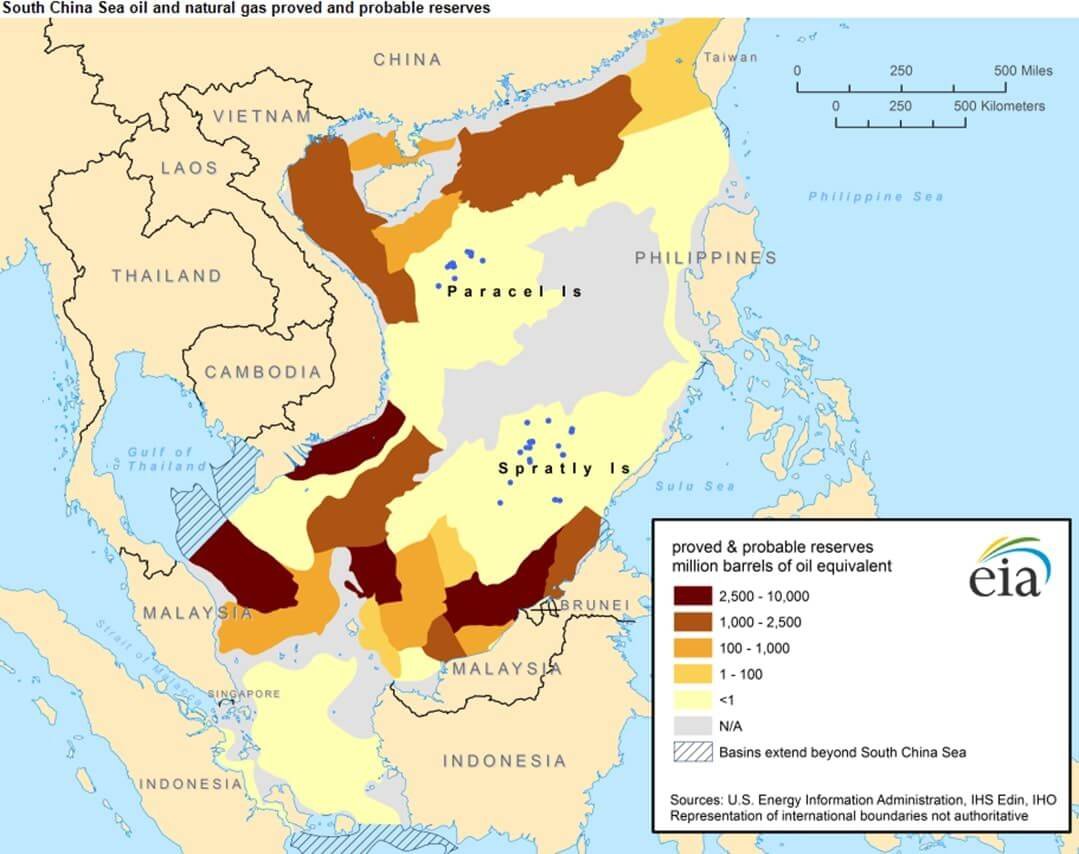
Oil and Gas reserves around the Spratly Islands and Parcel Islands (Source)
Economic and Strategic Importance of South China Sea
- 10% of the world’s fisheries.
- 30% of the global shipping trade.
- The population is 2.2 billion in the region.
- 11 billion barrels of oil.
- 190 trillion cubic feet of natural gas.





![PMF IAS Environment for UPSC 2022-23 [paperback] PMF IAS [Nov 30, 2021]…](https://pmfias.b-cdn.net/wp-content/uploads/2024/04/pmfiasenvironmentforupsc2022-23paperbackpmfiasnov302021.jpg)



